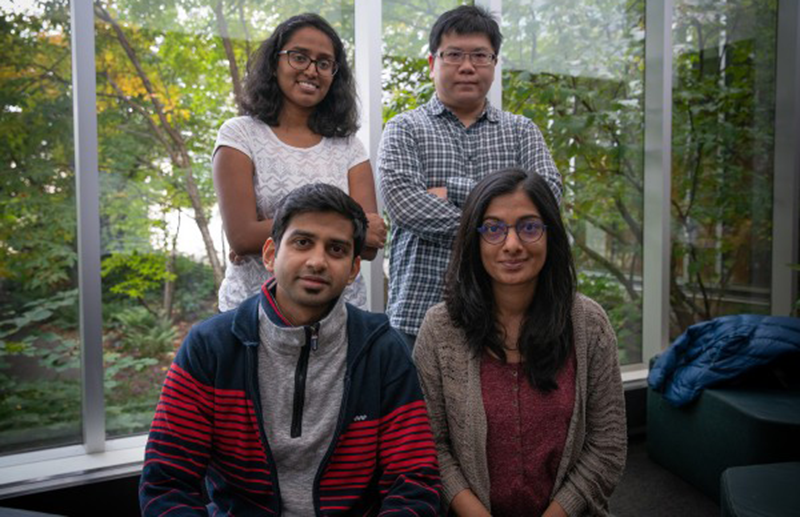Four software engineering students at Carnegie Mellon, who developed a wearable device that detects opioid overdose have won national honors.
Opioid crisis has reached epidemic levels in the United States. During the period 2016-17, 42,249 people died from overdosing on opioids.
As a capstone project for the Institute for Software Research’s professional master’s program in embedded software engineering (MSIT-ESE), four students worked with their sponsor, Pinney Associates, a pharmaceutical consulting firm, to build a prototype wristband that can detect overdose in the wearer, reports ISRI, Carnegie Mellon University.
The challenge was to produce an affordable wearable device that could accurately detect an opioid overdose and send out an alert so that rescuers can respond in time to administer naloxone, a life-saving opioid antagonist that can reverse the overdose.
Pinney Associates was captivated by the clever device that beat out 97% of all submissions to the Robert Wood Johnson Foundation’s Opioid Challenge competition. The team ultimately placed third in the competition finals at the Health 2.0 Conference held in September in Santa Clara, Calif.

Related This Canadian Startup is Developing a Wearable That Could Prevent Drug Users From Overdosing
The team, which calls itself Team Hashtag, consists of 4 students – Puneetha Ramachandra, Rashmi Kalkunte Ramesh, Yu-Sam Huang and Soham Donwalkar.
“The project was intimidating, not only because it was massive, but also because this wasn’t a project where you could simply deliver the code,” explained Ramachandra. “There was a burden of real societal responsibility to the project. Lives were on the line. This had to be done properly.”
The device resembles a smartwatch and works by using pulse oximetry to measure light reflected back to the sensor from a wearers’ skin. Pulse oximetry is a noninvasive method for monitoring a person’s levels of oxygen saturation. If the user’s blood oxygen level drops for more 30 seconds, the device switches an LED on the display from green to red.
“I wasn’t expecting something that was quite so turnkey,” said Pinney senior data manager Steve Pype. “Initially, we were thinking this might be a proof of concept. But here we are: The project is almost finished and they’re refining the prototype.”












